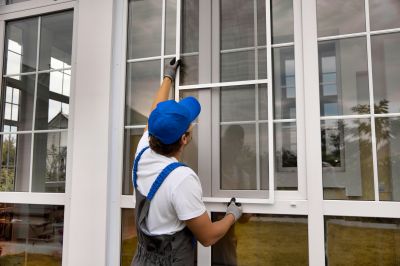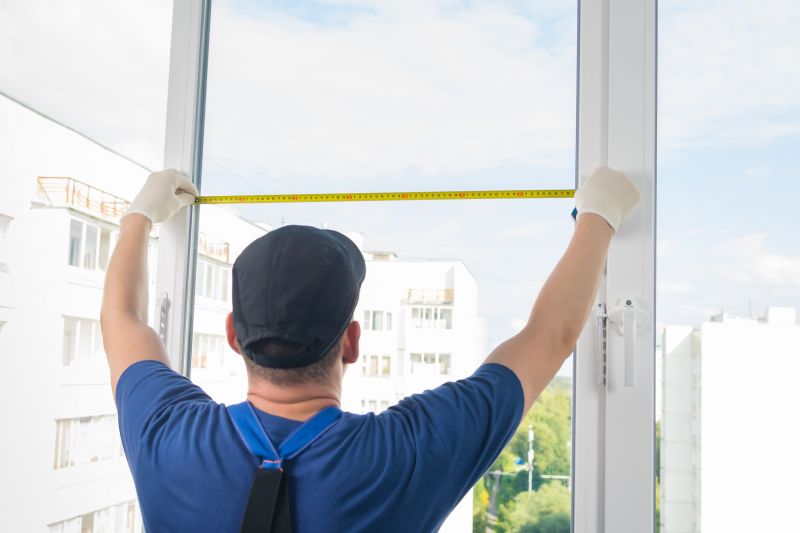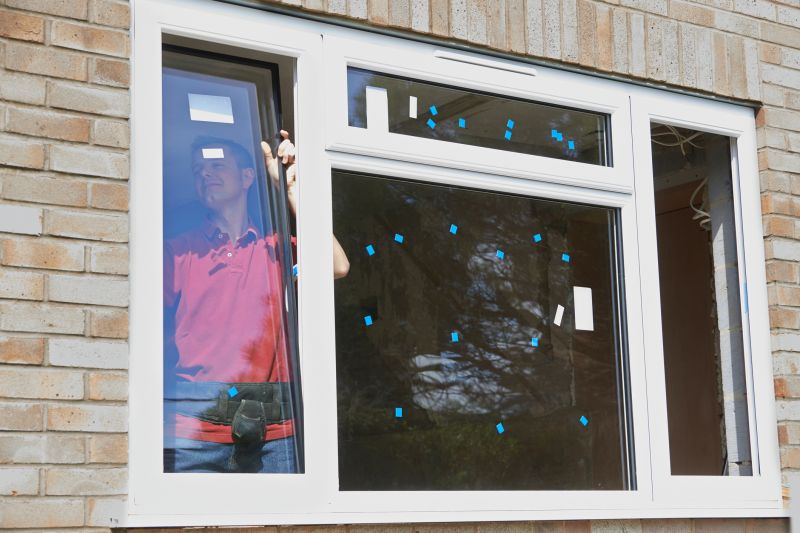Optimal Timing for Windows Installations
Determining the optimal time for Windows installations involves considering workload patterns, system readiness, and seasonal factors. Installing during periods of low activity can minimize disruptions and allow for more thorough configurations. Typically, off-peak times such as late evenings or weekends are preferred for large-scale or critical updates.
Weekends and late evenings are ideal for Windows installations to reduce impact on daily operations.
Ensuring backups and system checks are completed beforehand can streamline the installation process.
Avoid scheduling during peak business periods or holidays to prevent delays and complications.
Timing installations after major updates or patches can enhance stability and security.

An overview of the steps involved in Windows installations, from preparation to completion.

Visual representation of ideal scheduling windows for installations.

Importance of backing up data before initiating Windows updates or installations.

Ways to make Windows Installations work in tight or awkward layouts.

Popular materials for Windows Installations and why they hold up over time.

Simple add-ons that improve Windows Installations without blowing the budget.

High-end options that actually feel worth it for Windows Installations.

Finishes and colors that play nicely with Windows Installations.
| Factor | Recommendation |
|---|---|
| Business Hours | Schedule outside peak hours to minimize disruption. |
| System Readiness | Ensure backups and updates are completed beforehand. |
| Seasonal Timing | Avoid peak seasons or holidays for installations. |
| Update Cycles | Align with major update releases for optimal stability. |
| User Availability | Coordinate with users' schedules to reduce downtime. |
| Network Load | Perform installations during periods of low network traffic. |
| Staff Availability | Ensure technical staff are available during the installation window. |

Choosing the right time for installations based on operational patterns.

Preparing data backups before starting Windows installations.

Verifying system stability and performance after installation.

Informing users about scheduled installation times.

Availability of support during and after installation.

Ensuring compatibility with existing hardware and software.
Windows installations are a critical component of maintaining secure and efficient computing environments. Proper timing ensures minimal disruption and maximizes system performance. Regular updates and timely installations help prevent security vulnerabilities and improve operational stability. Statistics indicate that scheduling during off-peak hours can reduce downtime by up to 50%, enhancing productivity.

Visual guide to the typical phases of Windows installation.

Key steps to prepare for a successful Windows update.

Steps to ensure optimal system performance after installation.

Identifying and resolving typical problems during installations.

A 60-second routine that keeps Windows Installations looking new.

A frequent mistake in Windows Installations and how to dodge it.

Small tweaks to make Windows Installations safer and easier to use.

Lower-waste or water-saving choices for Windows Installations.
Interested in scheduling a Windows installation or need assistance with planning? Filling out the contact form can facilitate a tailored approach to meet specific operational needs. Proper timing and preparation are essential for a smooth and successful update process, ensuring systems remain secure and efficient.


